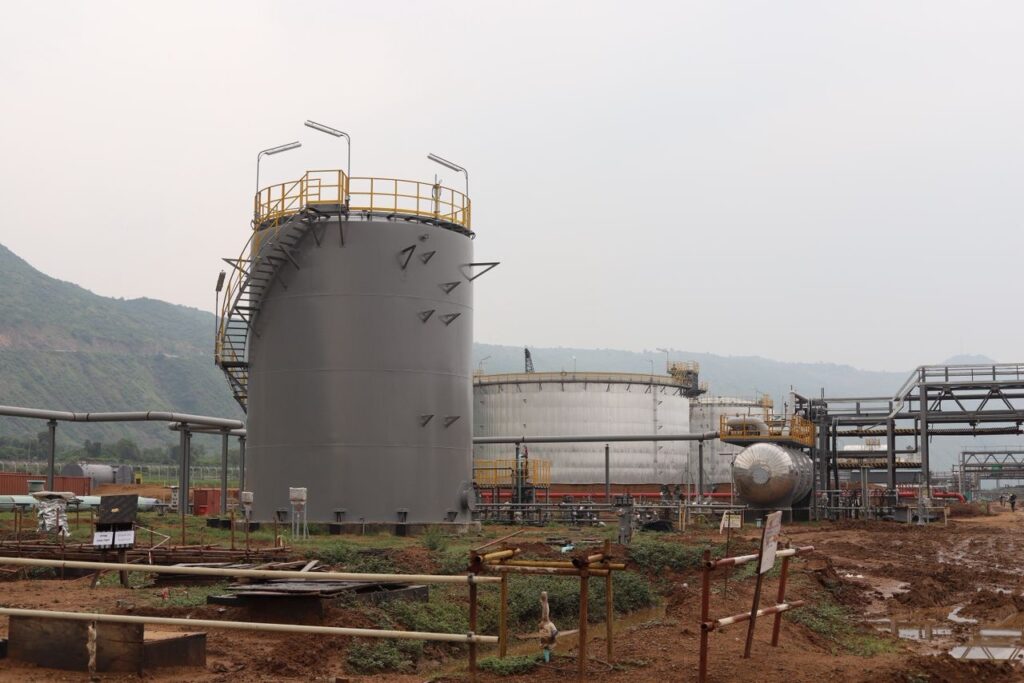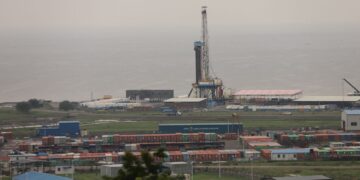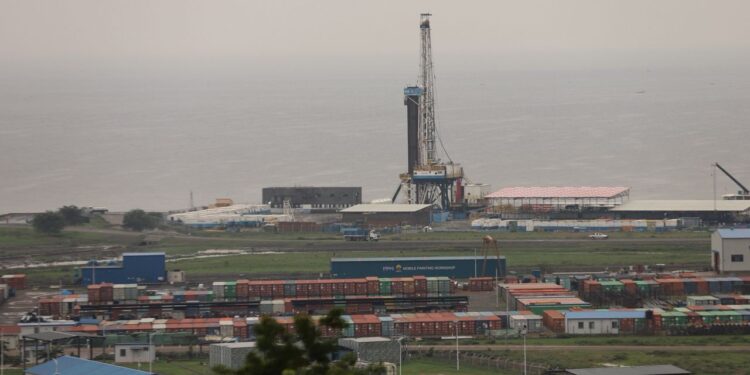Uganda’s long-awaited dream of producing its first oil is steadily taking shape, with the Kingfisher Development Area (KFDA) in Kikuube District recording significant drilling and construction progress.
The project, operated by CNOOC Uganda, has so far drilled 15 wells, just two short of the 17 needed to deliver “first oil.”
Dennis Mulondo, a geologist at CNOOC Uganda Limited, said they’re targeting 31 wells on four pads, “The 31 wells will have 20 producers, and 11 are water injectors.”
“The purpose of the injectors is you pump water into them, then it pushes the earth towards the producers to increase the amount of oil which you can produce.”
Overall, the EPC III Project at Kingfisher is at 93% percent complete, a milestone that government officials say signals the country’s readiness to begin production once associated export and refining infrastructure is finalized.
The Executive Director of the Petroleum Authority of Uganda, Ernest Rubondo, said the Kingfisher project is “ “Moving very well. To start production, they need about 17 wells. If they have done 15, you can see how close they are getting to being ready for oil production.”
The Kingfisher project will feature a Central Processing Facility (CPF) with a capacity of 40,000 barrels of oil per day (bpd), supported by 31 wells spread across four well pads. Currently the CPF is at 95%.

The facility will be linked by 19 kilometers of flow-lines and a 46-kilometer feeder pipeline to Kabaale in Hoima, where the East African Crude Oil Pipeline (EACOP) will start its journey to the Tanzanian coast.
CNOOC officials say work is also underway on supportive infrastructure, including a lake water abstraction station, camps, roads, and power systems, all aimed at ensuring smooth operations once oil begins to flow.
Community Impact and Local Participation
Beyond drilling, the project is making a mark in the surrounding communities. Locals displaced by oil activities have been introduced to innovative livelihood programs, including modern farming methods, piggery, rice and millet growing.
Many have already reported improved yields and income, pointing to a shift from dependency to sustainable livelihoods.
Government and project operators also highlight that the oil sector has awarded billions of shillings worth of contracts to Ugandan companies, while more than 90 percent of the workforce at Kingfisher is Ugandan.
Derrick Jonathan Mbabazi, National Content Manager, COOEC-CPECC Joint Venture, said, “We are committed to fulfilling our obligations, one of them being employment of Ugandans.”
He revealed that over 2,000 Ugandans are employed at the Central Processing Facility, including 500 from local communities, many of whom have been trained and certified in trades like welding and scaffolding.
Next Steps in Uganda’s Oil Journey
While upstream activities are nearly complete, Uganda’s first oil depends on the progress of midstream and downstream infrastructure.
The EACOP project the world’s longest heated crude pipeline, is advancing steadily, with completion expected around 2026.
At the same time, plans for a domestic refinery in Hoima are in motion following a recent agreement with UAE-based Alpha MBM Investments, with construction expected to commence later this year.








